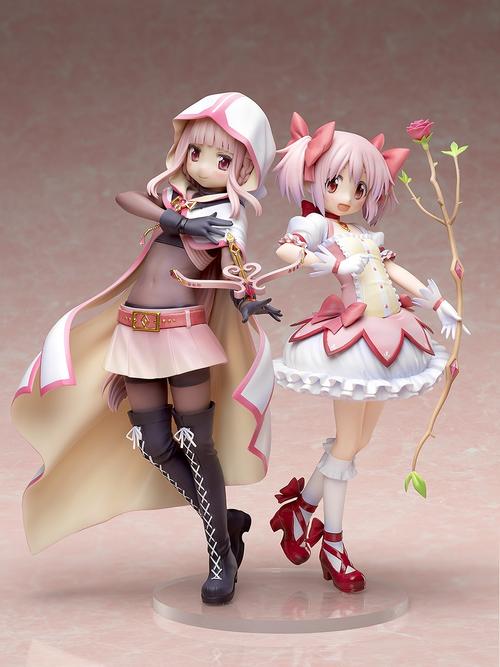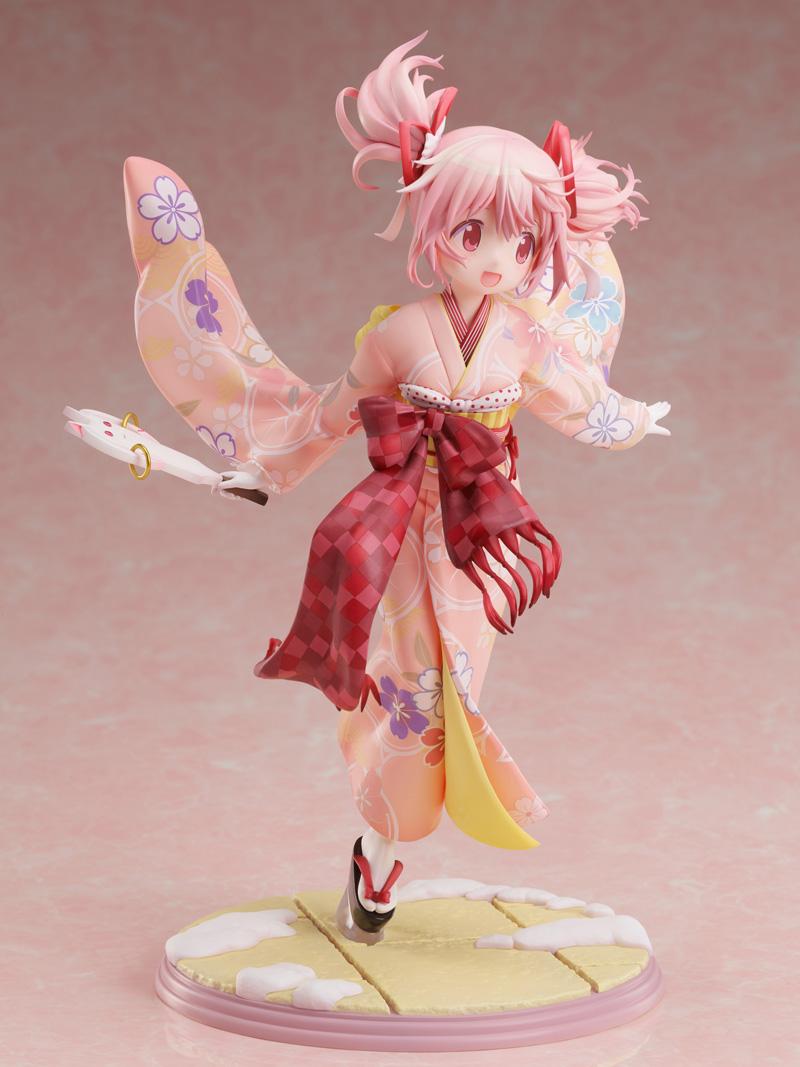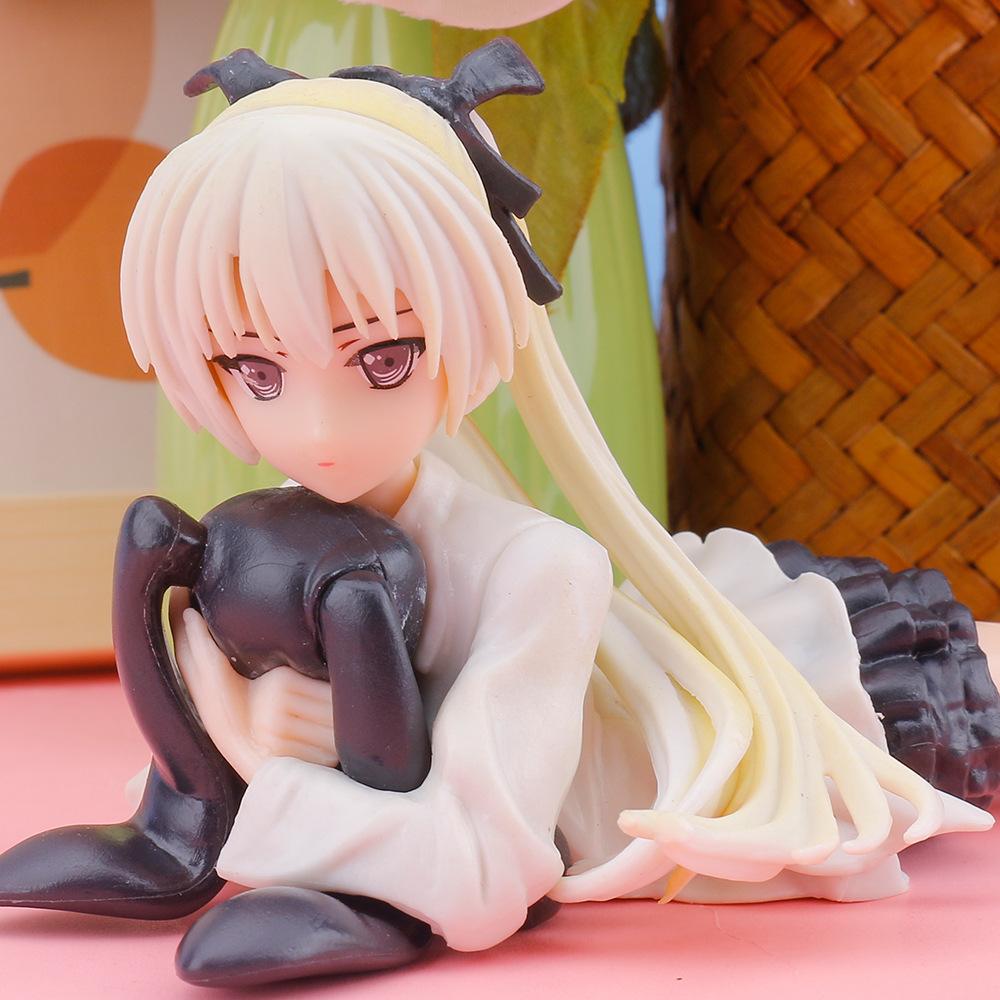Exploring the History and Evolution of Japanese Anime Toys
Japanese anime toys, also known as anime figures, are becoming increasingly popular and sought-after by collectors worldwide due to their distinctive design, exceptional quality, and intricate detailing. In this article, we examine the evolution and history of anime toys, which have captivated individuals of all ages, nationalities, and genders.
History
Anime production started gaining traction in the 1960s, and many of the shows targeted children, featuring colorful characters with exaggerated body expressions and proportions. As anime became more popular, manufacturers saw the opportunity of creating merchandise based on the characters, leading to the development of simple plastic figurines. These toys were sold in Japan and other Asian countries.
One of the earliest examples of anime toys is the Astro Boy figure, made of plastic and launched in Japan in the 1960s. Astro Boy was a popular anime TV show aired between 1963 and 1966, and the central character quickly became a hit with fans. The Astro Boy figure had movable joints, making it poseable and allowing for detailed play. It was a hit among children and collectors and laid the foundation for the anime toy industry.
Throughout the 1970s and 1980s, anime gained more traction in Japan with shows such as Mobile Suit Gundam, Dragon Ball, and Sailor Moon, popular with children and adults alike. Toy manufacturers kept pace with the demand for anime merchandise by creating more intricate anime figures.
Evolution
In the 1990s, anime reached a wider audience worldwide, thanks to the rise of the internet and globalization. Anime figures, previously only available in Japan, began to gain traction globally. Toy companies such as Bandai and Kotobukiya increased anime toy production for the international market, catering to collectors in the US, Europe, and other parts of Asia.
As anime grew in popularity, manufacturers experimented with different methods and materials to create more visually striking and detailed figures. One of the most notable developments in the anime toy evolution was the introduction of “garage kits” in the 1990s. Garage kits are resin cast figures that hobbyists could assemble and paint themselves, allowing collectors to create their unique versions of popular anime characters, and some enthusiasts began showcasing their creations online.
In the 2000s, anime toy production continued to evolve, with companies such as Good Smile Company and Max Factory producing highly detailed figures with intricate sculpting, painting, and posing. These figures often come with accessories such as clothing, weapons, and interchangeable parts, which allows collectors to create unique displays.
Another development in the evolution of anime toys is the increase in “Nendoroid” figures. Produced by Good Smile Company, Nendoroids have a distinct chibi design, are highly poseable, and come with various accessories, making it popular with both collectors and anime enthusiasts.
Conclusion
Japanese anime toys have come a long way since their inception in the 1960s. From simple plastic figurines to highly-detailed and innovative crafted figures, anime toys are now highly collectible items worldwide. As anime grows in popularity, we can expect to see more innovative and creative designs in the future.






